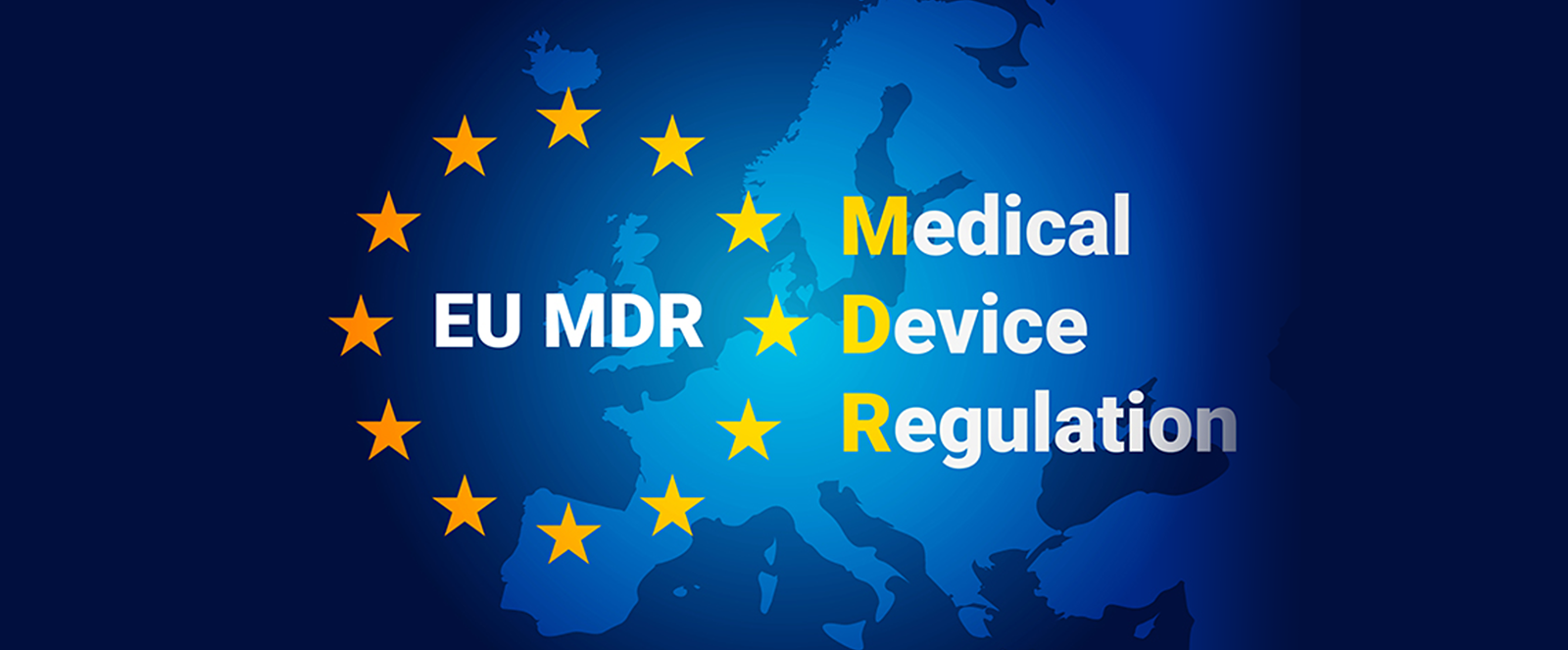ICD-10 Classification
We want to make sure that the results presented by our IVD medical devices are as clear as possible. Therefore, the reports contain diagnoses that are encoded using the international classification of diseases ICD-10 (10th revision of the International Statistical Classification of Diseases and Related Health Problems).
The purpose of the ICD is to allow systematic recording, analysis, interpretation, and comparison of mortality and morbidity data collected in different countries or regions and at different times. The ICD is used to translate diagnoses of diseases and other health problems from words into an alphanumeric code, which allows easy storage, retrieval, and analysis of the data. In practice, the ICD has become the international standard diagnostic classification for all general epidemiological and many health-management purposes. These include analysis of the general health situation of population groups, monitoring of the incidence and prevalence of diseases, and various health problems in relation to other variables, such as the characteristics and circumstances of the individuals affected.
The basic ICD code follows the pattern of ANN.N where "A" represents a letter from A to Z and "N" represents a number from 0 to 9. Possible codes, therefore, range from A00.0 to Z99.9. The first three characters represent categories ( e.g. D50 refers to "iron deficiency amaemias"). Each category can then have up to 10 subcategories (e.g. D50.1 refers to "Sideropenic dysphagia").
The ICD itself is divided into 22 chapters according to body system or condition. Each chapter contains a range of codes that describe groups of diseases. These groups of diseases are presented in our mySmartBlood report, for example: "D50-D53 Nutritional anaemias". In addition, the specific category is also presented in our mySmartBlood report, for example, "D50 Iron deficiency anaemia". With the specific category are also presented SBAS Software results.
In summary, ICD-10 is a medical classification system mainly designed by the World Health Organization (WHO). It contains codes for diseases, signs, and symptoms, abnormal findings, complaints, social circumstances, and external causes of injury or diseases.
For more information on the ICD-10, visit the WHO website, which also includes an ICD-10 online browser and ICD training materials. The online training includes a support forum, a self-learning tool, and user guide.
References:
[1] https://icd.who.int/browse10/Content/statichtml/ICD10Volume2_en_2019.pdf






